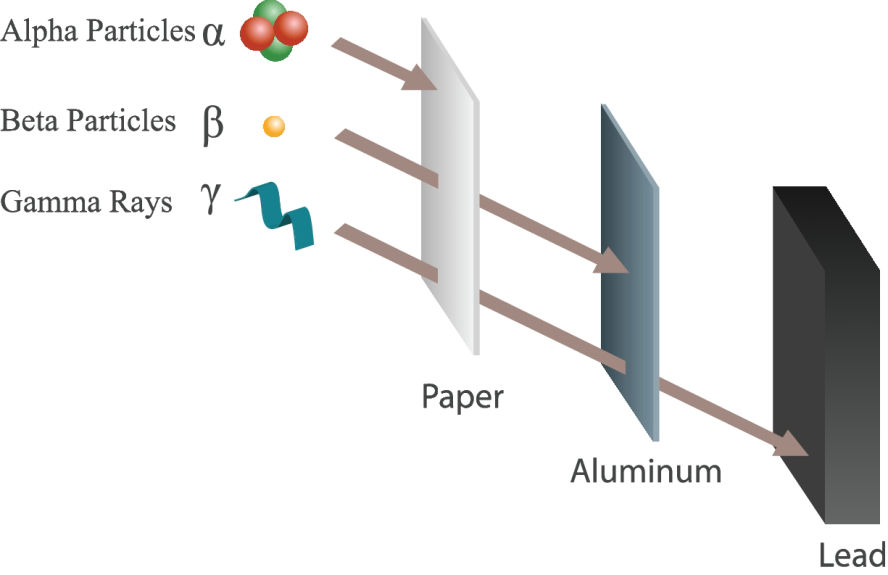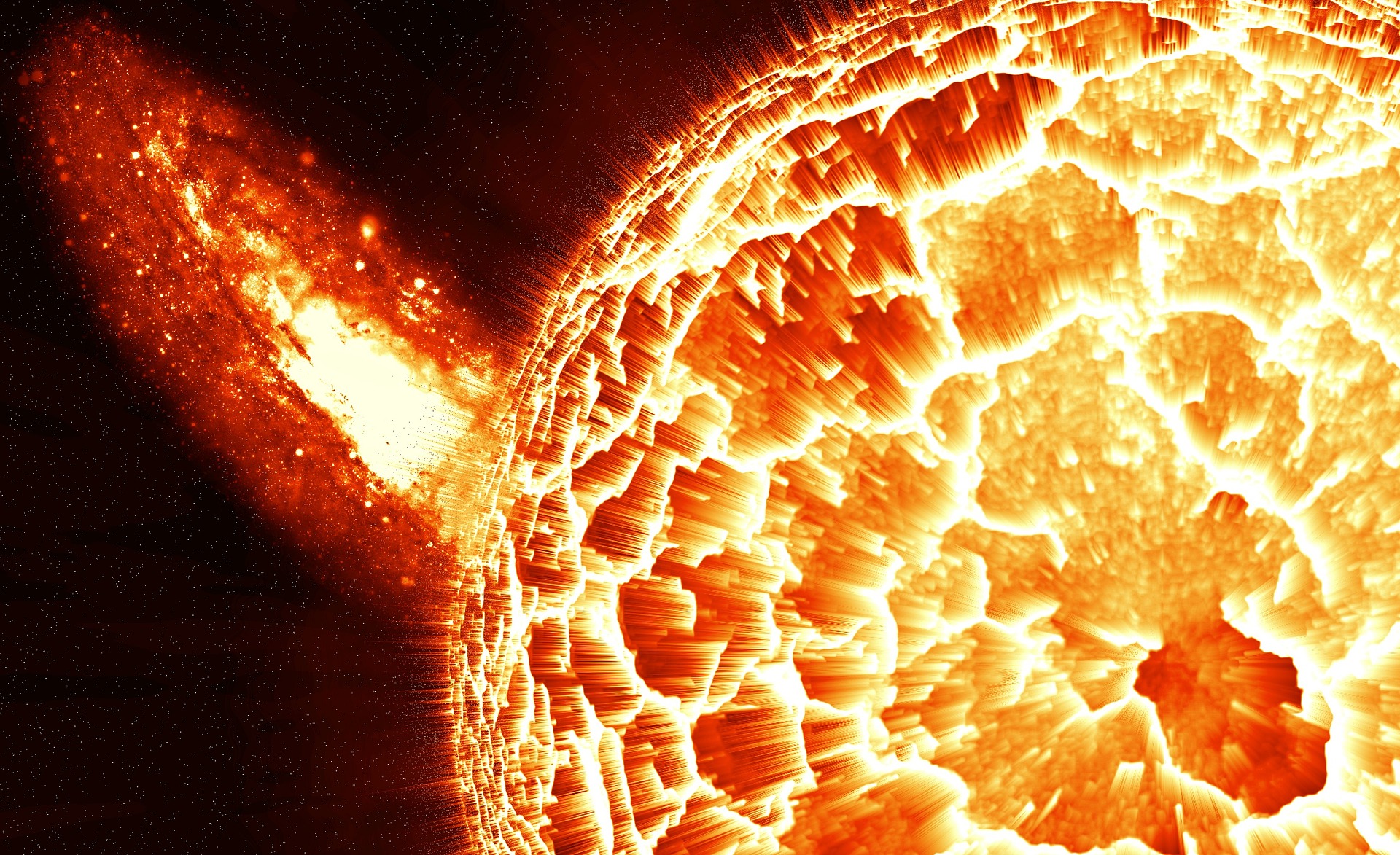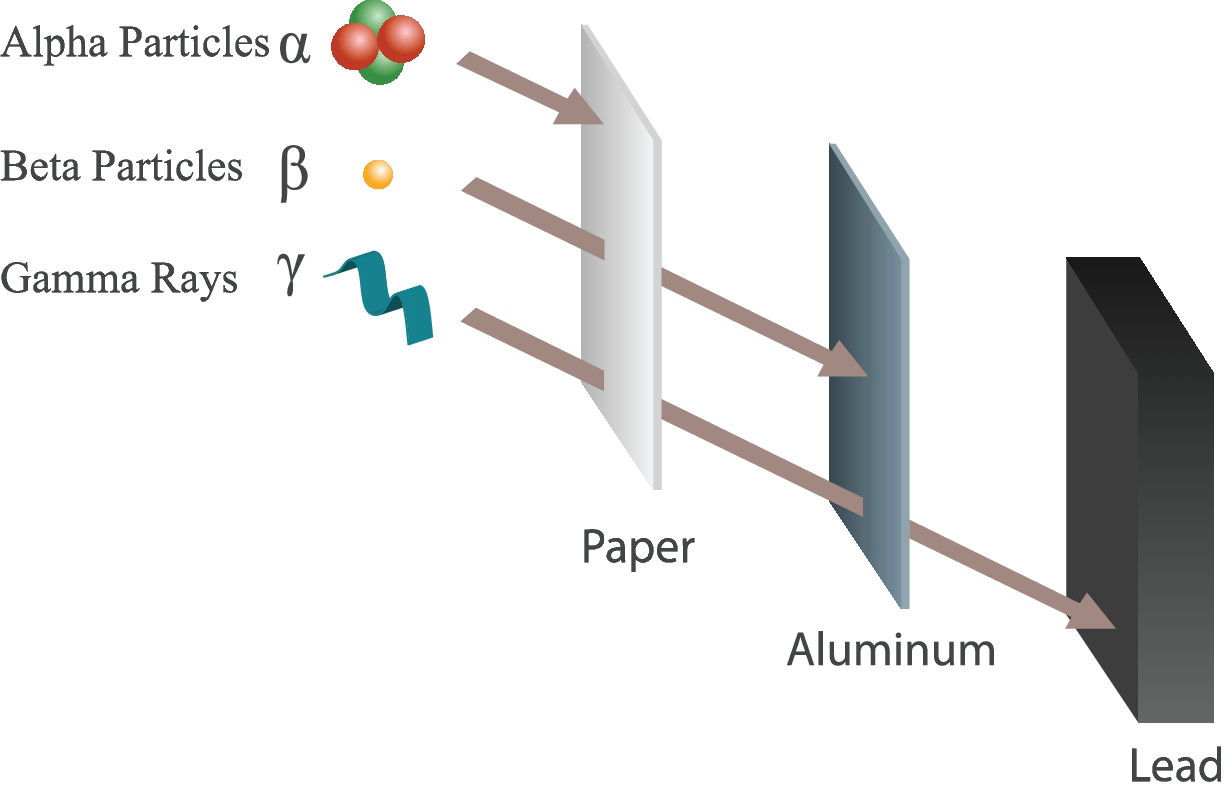
Radioactivity
can be found everywhere in the environment, because this is due to sources in nature, which originated and exist independently of humans.
Thus, every person on earth is exposed to nature given ionizing radiation and cannot completely escape it.
It is even the case that life and development would not be possible without this natural radiation: there are many lightly radioactive elements on Earth, the radiation of which has changed our genetic makeup minimally since ancient times (so-called mutations).









